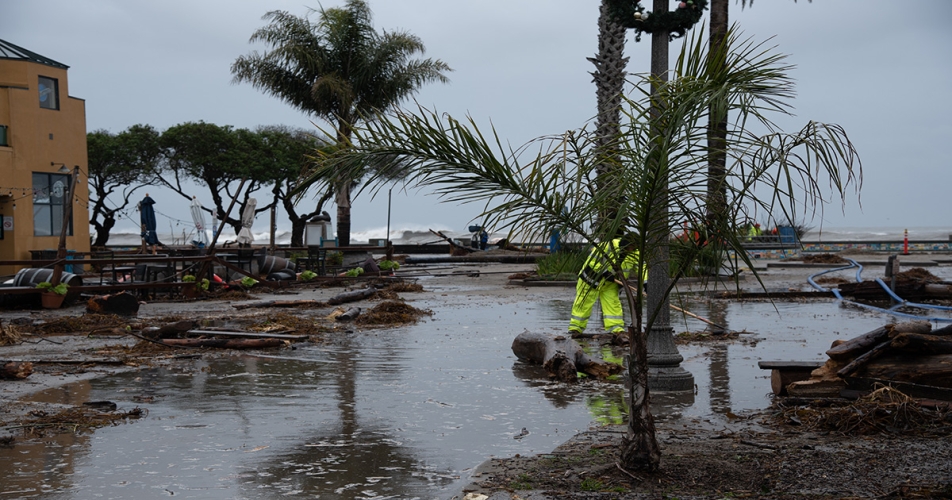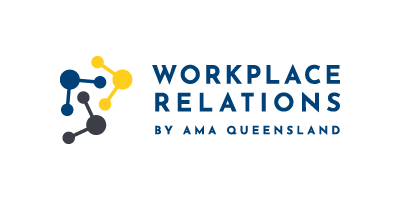Severe weather: before, during and after
With the significant weather events we have seen occur across Queensland over the last few years, all evidence points to severe weather events becoming more common.

With the significant weather events we have seen occur across Queensland over the last few years, all evidence points to severe weather events becoming more common.
Insurance Council of Australia have released a recent report Advancing Australia's Resilience Policy recommendations for the next Australian Government. The Insurance Council of Australia’s primary message is for government, areas for immediate action leveraging advances already made and looking at a longer -term plan. However, if you are a business owner, there is a message there for all of us and ways in which everyone can play a part in “advancing progress during a cost-of-living crisis”.
Now that we know the facts as business owners what can we do before, during and after a significant weather event to ensure the safety of staff.
Before
Emergency planning
Ensure staff safety by having in place a ready emergency plan whereby the practice can ensure staff are safe in times of severe weather. Regularly checking and updating contact details and having an alternative way to contact staff is a good starting point. It is a good idea to practice the emergency plan as you would a fire drill.
Typically, the first step is text your staff member.
If no response is received, the next step is phoning the staff member.
If there is no response again, try contacting them again.
If there is still no response, you need to contact their emergency contact.
Right to Disconnect
To ensure the practice emergency plan runs smoothly, there are a few suggested steps when it comes to an employee’s right to disconnect.
- Ongoing discussion between the practice and employees regarding workplace health and safety and the role individuals play, including when it comes to emergency situations.
- Review position descriptions, as different roles may have varying requirements for after-hours communication. We must determine what is reasonable or unreasonable for each position and establish guidelines on managing out of hours communication.
- A Mental Health and Wellbeing procedure as found in the Toolkit which covers the Right to Disconnect.
Risk assessment
A risk assessment is an opportunity for practices to identify, evaluate and mitigate potential risks that may impact operations, finances and compliance.
There are five basic steps in the workplace health and safety risk management process, as provided in the WHS Act.:
- IDENTIFY the hazard.
- ASSESS the risk/s that may result because of the hazard.
- DECIDE on control measures to prevent or minimise the level of the risk/s.
- IMPLEMENT control measures
- MONITOR AND REVIEW the effectiveness of control measures.
The Workplace Relations Team has further information on risk assessments. Please contact us on 07 3872 2264 or workplacerelations@amaq.com.au.
Stand down
A stand down occurs when an employer temporarily directs an employee to stop working. This usually happens due to unforeseen circumstances. The Fair Work Act stand down provisions only apply when stand down is not covered in an employment agreement.
Reasons outside the employer’s control include things like severe and inclement weather.
A stand down is initiated by the employer and may affect multiple employees. During a stand down, employees:
- are not performing any work
- do not receive payment (unless their contract states otherwise)
- remain employed during this period.
It is a great time to think about which positions can work from home or another location and if there is a procedure in place. A good procedure will include a working from home self-assessment checklist.
During
This is where the preparation undertaken before a severe weather event pays dividends.
Emergency plan
This is where your emergency plan comes into action. Texts are sent and calls are made to ensure staff are safe and well. Employees will understand that a response is required, either because the right to disconnect does not apply to their workplace, or because they recognise this event is an emergency, and they need to respond.
Stand down
In the event of a stand down, determining what to pay staff is the forefront of everyone’s mind. Clear direction and communication are critical in ensuring a stand down runs smoothly. Providing employees with information on other avenues, such as government or crisis support, can help alleviate some of the uncertainty at such a difficult time. Practical considerations regarding staff payments, along with relevant links, are provided below which can be provided at the time of the stand down communication.
Pay during inclement or severe weather and natural disasters - Fair Work Ombudsman
There are many payment options open to individuals via www.qld.gov.au/disasterhelp or by calling the Queensland Community Recovery Hotline on 1800 173 349.
This Disaster support and recovery website will be helpful for small practices and explains how to manage such events and what support there is for your team.
Along with the above links, communication around mental health and wellbeing should also be communicated at this time.
After
Risk assessment
Conduct your risk assessment based on the parameters outlined above to determine if and when it is safe to open the practice.
Communication
The first step in your emergency plan was communicating with staff and checking in on how they are going.
After a severe weather event, and following your risk assessment, practices must carefully communicate the return-to-office plan to ensure employee safety. .
Be patient and understanding with staff as the weather event may cause staff to be late or unable to attend work.
Review
Reviewing the steps before, during and after a severe weather event ensures employees are well-prepared, reducing risks and improving safety during emergencies. These reviews help identify gaps, update procedures based on new threats, and reinforce roles and responsibilities. This proactive approach minimises confusion, enhances response times and aims to protect employees and ensure practices open as soon as possible after severe weather strikes.
AMA Queensland Workplace RelationsPhone: 07 3872 2264
|
